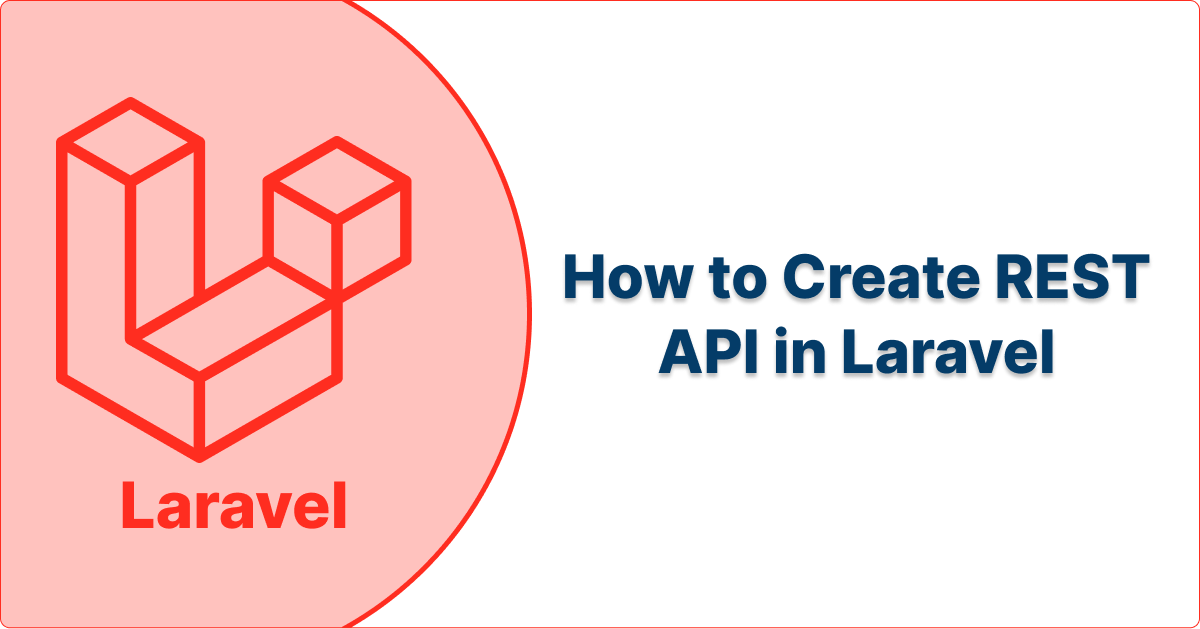In this tutorial we will learn how create rest api in Laravel.

Create REST API in Laravel
When working with mobile applications, the Laravel Rest API is used. With Laravel, creating APIs is simple. Laravel offers a simple method for producing Rest APIs.
Step 1 - Set up Laravel
Make sure Laravel is installed on your computer first. Use below command to create a new laravel file:
composer create-project --prefer-dist laravel/laravel your-api-project
Step 2 - Create a route
Open the routes/api.php file and define your API routes. For example:
Route::get('/users', 'UserController@index');
Route::get('/users/{id}', 'UserController@show');
Route::post('/users', 'UserController@store');
Route::put('/users/{id}', 'UserController@update');
Route::delete('/users/{id}', 'UserController@destroy');
Step 3 - Create a controller
Next, create a controller to handle the API requests. To create a UserController, run the command below:
php artisan make:controller UserControllerAbove command will create a UserController file in the app/Http/Controllers directory. Open the file and add the necessary methods to handle the API requests:
<?php
namespace App\Http\Controllers;
use App\Models\User;
use Illuminate\Http\Request;
class UserController extends Controller
{
public function index()
{
$users = User::all();
return response()->json($users);
}
public function show($id)
{
$user = User::findOrFail($id);
return response()->json($user);
}
public function store(Request $request)
{
// Validate the request data
$validatedData = $request->validate([
'name' => 'required',
'email' => 'required|email|unique:users',
// Add more validation rules as needed
]);
// Create a new user
$user = User::create($validatedData);
return response()->json($user, 201);
}
public function update(Request $request, $id)
{
// Find the user
$user = User::findOrFail($id);
// Validate the request data
$validatedData = $request->validate([
'name' => 'required',
'email' => 'required|email|unique:users,email,'.$user->id,
// Add more validation rules as needed
]);
// Update the user
$user->update($validatedData);
return response()->json($user);
}
public function destroy($id)
{
// Find the user
$user = User::findOrFail($id);
// Delete the user
$user->delete();
return response()->json(null, 204);
}
}
Step 4 - Run the API
Finally, you can run your Laravel development server to test the API:
php artisan serve
Now you have a basic RESTful API in Laravel! You can send requests to the defined endpoints using tools like Postman or cURL to interact with the API.
Note - This is a simple example to get you started. You can customize and extend it based on your specific requirements.